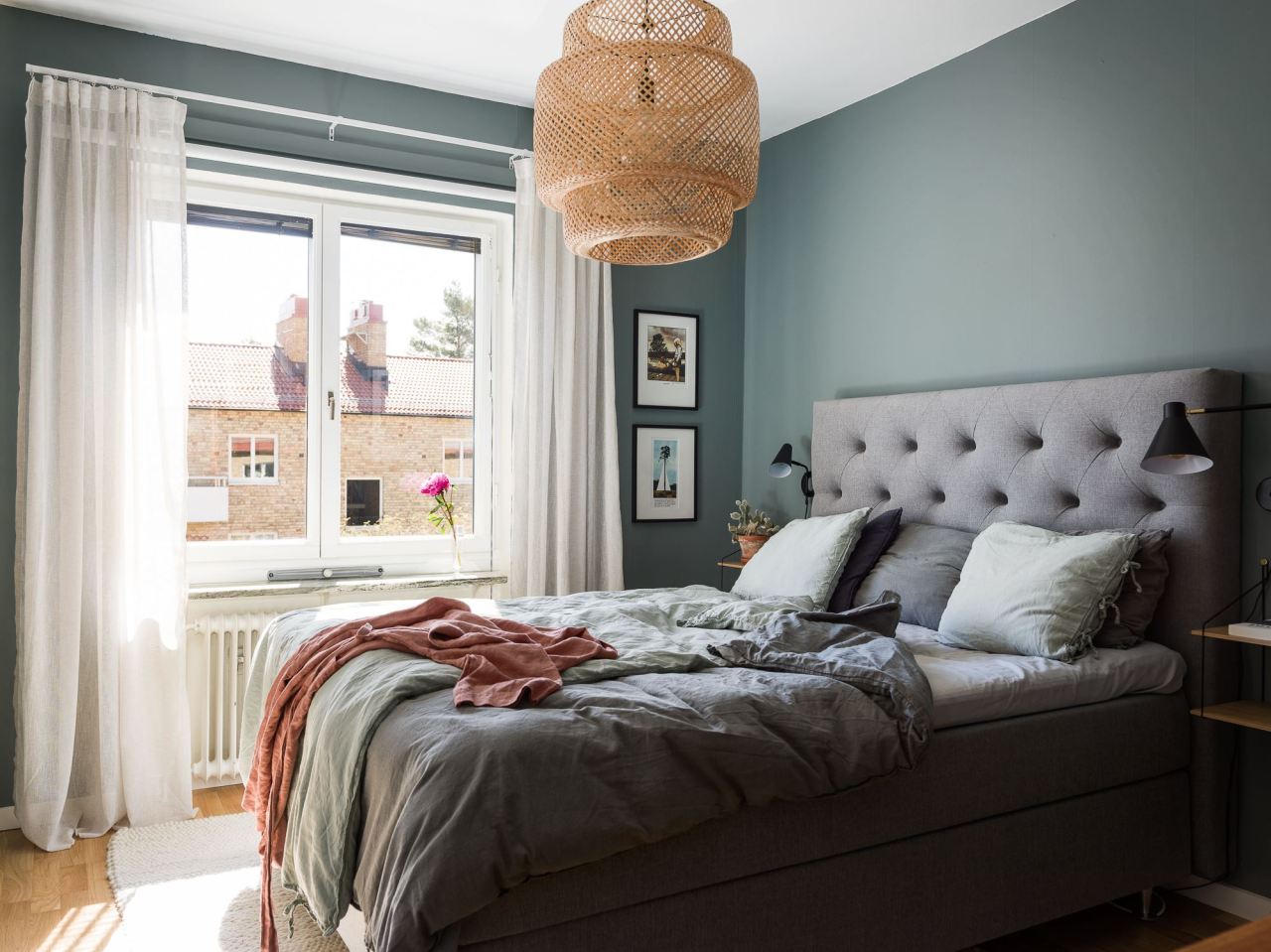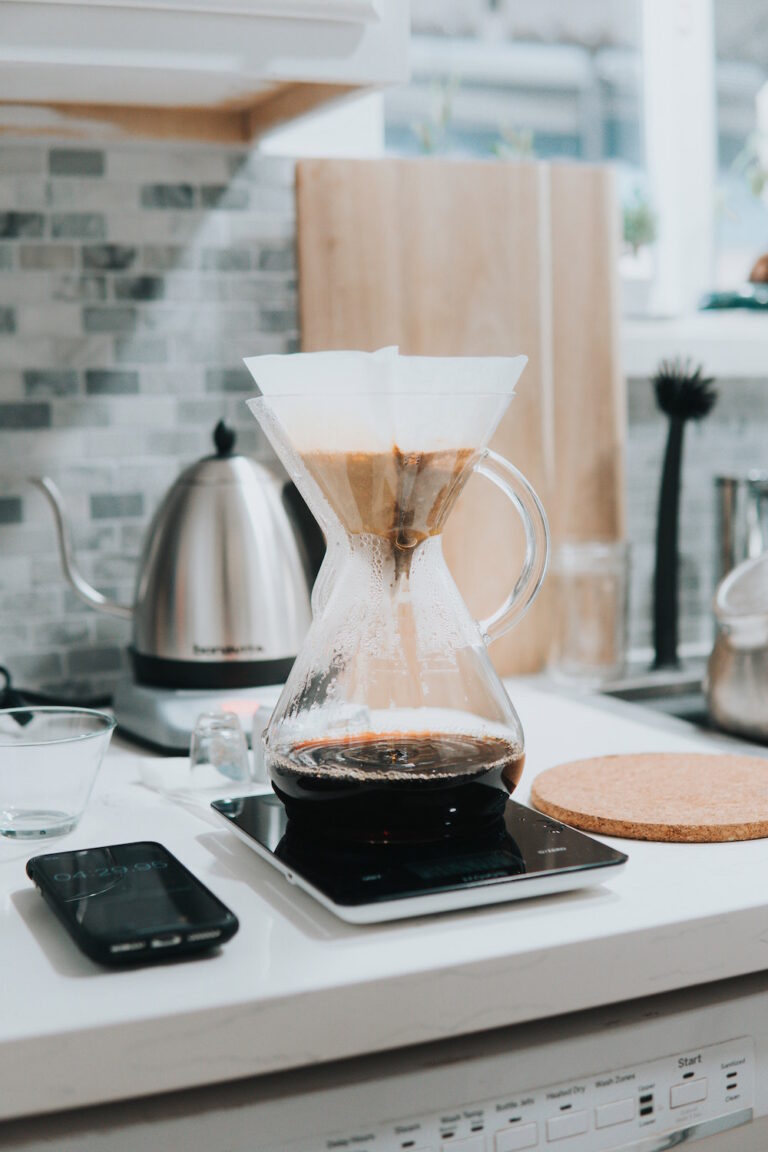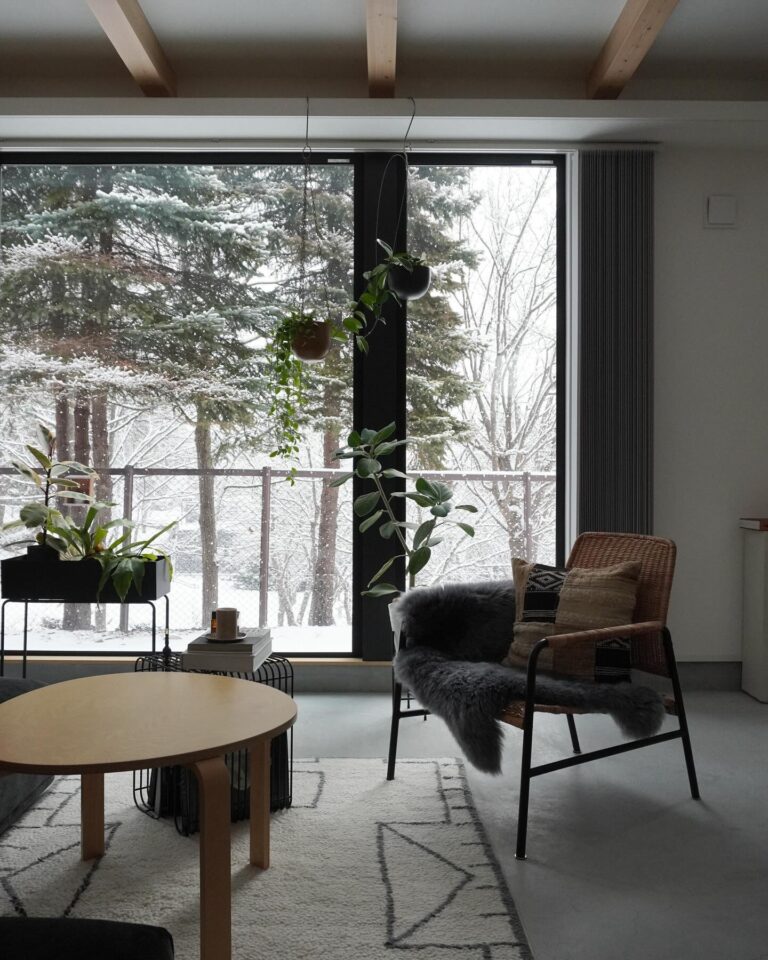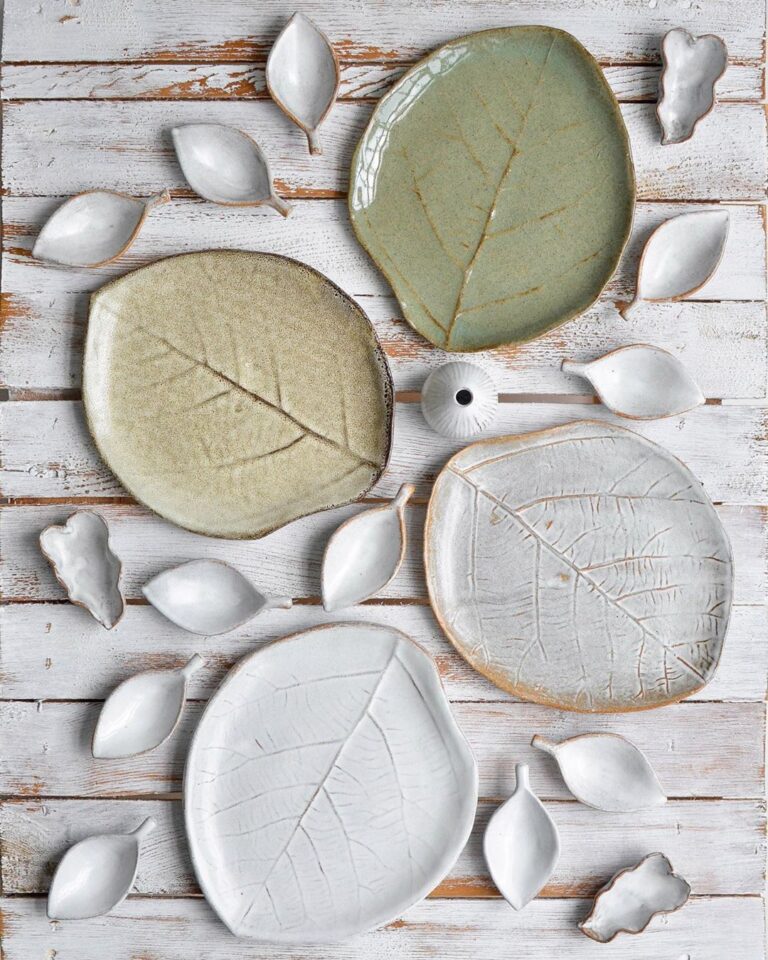3 Unseen Essentials for Interiors Everyone Loves
Can you enjoy your living space with your eyes closed? Interiors aren’t just about great looks – they’re also about comfort. There are three important environmental conditions that are essential for an interior that helps you feel as good as it looks, and at least two of them are often overlooked. Meanwhile, the most obvious one may not be getting the attention it deserves. Optimise these three unseen essentials to enhance your gorgeous lifestyle.
1. Ambient Temperature
The most obvious unseen, but rapidly felt, prerequisite for a welcoming interior is getting the temperature just right. The most comfortable ambient temperature for the human body is around 60 degrees Fahrenheit (between 19 and 22 degrees Centigrade.)
It’s a biological fact and not just a matter of taste. This is the temperature range at which our bodies function best. When temperatures are too low or too high, your body makes its needs known by making you feel mighty uncomfortable. Although your HVAC system may not have been high on your list when you decorated your home, it will soon make itself felt when temperatures become inhospitable.
If you recently renovated or expanded your home, what worked before may no longer be effective, and even if you haven’t made any recent changes, you may find yourself browsing for furnaces for sale or new air conditioner components. After all, appliances suffer from wear-and-tear and when maintenance isn’t working to set things to rights, replacement is the only option. Worried about the environment and eager to save energy? A replacement is likely to be much more energy efficient than an old model.
Although artworks may be more appealing than aircon, you won’t enjoy them nearly as much as you should if you’re boiling hot or freezing cold!
2. Air Quality
Moving from the obvious to the not-so-obvious, air quality may be even more important to your health and comfort than air temperature is. Worst of all, while you can quickly notice air temperature problems, air quality issues are much more insidious.
When it comes to indoor air pollution, factors like cigarette smoking may spring to mind, but chances are, you won’t even notice a bad smell. The EPA reports that indoor air quality is often much worse than outdoor air quality because of poor ventilation in homes. And, since most people spend more time indoors than out, exposure is greater too.
Volatile Organic Chemicals (VOCs) from furnishings, carpeting and paint are among the nasties you don’t want to welcome into your home. Fortunately, increased awareness has led some brands to produce VOC-free furnishings, so do ask suppliers about this when sourcing materials for your interior decorating projects.
Particulate pollutants like dust, tiny particles in smog and smoke, skin-flakes from people and pets, and cockroach proteins all add to the cocktail of indoor pollutants. They aggravate allergies, cause asthma attacks, and may even shorten your overall lifespan. Overcome the problem by ensuring that ductwork is regularly cleaned and by regularly replacing air filters in ventilation systems.
3. Humidity
Humidity is the final unseen element of indoor climate that we need to consider. If it’s too dry, your respiratory system and skin take strain, carpets crackle with static electricity, and paintwork can even dry out and begin to crack.
If ambient humidity indoors is too high, heat feels hotter and microbes that can make you ill thrive. Damage to your home can include patches of damp and mold growths which, in turn, give off spores that aggravate sinusitis and allergies. If you notice moldy smells or always wake up with a headache, mold spores could be the cause. Check it out. You may need to do a few repairs to get rid of the nasties.
Getting ambient humidity right is one more reason to take good care of your HVAC system. If you suspect that you’re suffering from either or both extremes depending on the season, you may want to invest in air humidifiers or dehumidifiers. In this instance, you may want to monitor indoor humidity too, but the gadgets to measure it are much cheaper than they were a few years ago, so it will be worth investing in a simple one.
Invisible but Important
Creating a beautiful home is an art. Making it comfortable to live in may need a little science to help you achieve the right conditions. It may not be the most glamorous part of your home, but your HVAC system is key to indoor comfort – and caring for it well could even improve your overall health. Combine comfortable temperatures with good air quality and optimum humidity. You’ll be so glad that you did!










